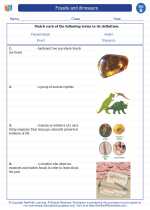Tectonic Movements
Tectonic movements refer to the large-scale motion of the Earth's lithosphere. These movements are responsible for the formation of major geological features such as mountain ranges, ocean basins, and earthquakes. There are three main types of tectonic movements: divergent boundaries, convergent boundaries, and transform boundaries.
Divergent Boundaries
At divergent boundaries, tectonic plates are moving away from each other. This movement creates a gap which is often filled with magma from the mantle, leading to the formation of new crust. The most well-known example of a divergent boundary is the Mid-Atlantic Ridge, where the Eurasian Plate and the North American Plate are moving apart.
Convergent Boundaries
Convergent boundaries occur when tectonic plates move towards each other. When two plates collide, one plate is forced beneath the other in a process known as subduction. This can lead to the formation of mountain ranges, volcanic arcs, and deep ocean trenches. An example of a convergent boundary is the boundary between the Indian Plate and the Eurasian Plate, which has created the Himalayas.
Transform Boundaries
Transform boundaries are characterized by plates sliding past each other horizontally. This movement can cause earthquakes as the plates become locked and then suddenly release their pent-up energy. The San Andreas Fault in California is a well-known example of a transform boundary.
Study Guide
- What are tectonic movements?
- Identify and describe the three main types of tectonic movements.
- Give an example of each type of tectonic boundary.
- How do tectonic movements contribute to the formation of geological features?
- Explain the relationship between tectonic movements and earthquakes.
[Tectonic Movements] Related Worksheets and Study Guides:
.◂Science Worksheets and Study Guides Second Grade. Fossils and dinosaurs
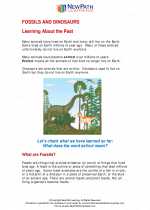
 Activity Lesson
Activity Lesson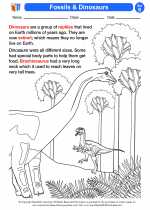
 Worksheet/Answer key
Worksheet/Answer key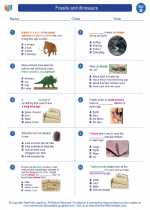
 Worksheet/Answer key
Worksheet/Answer key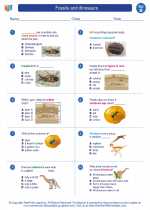
 Worksheet/Answer key
Worksheet/Answer key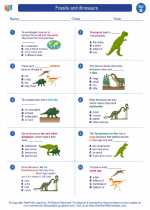
 Worksheet/Answer key
Worksheet/Answer key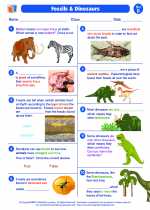
 Vocabulary/Answer key
Vocabulary/Answer key